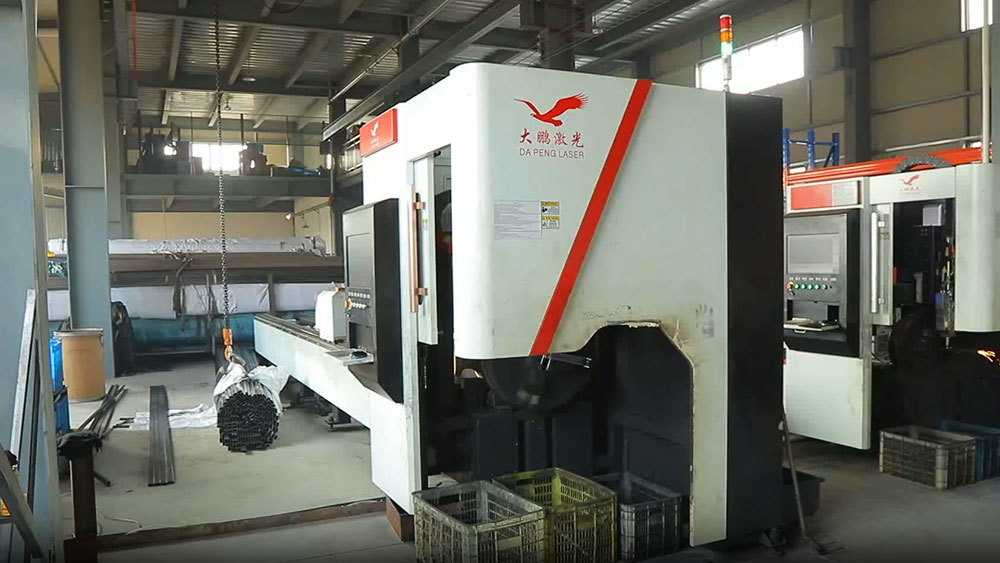Blogs

Mastering the Trails: Expert Tips for Riding Two Wheel Drive Off Road Motorcycles in Challenging Conditions
09 May,2025
Mastering the Trails: Expert Tips for Riding Two Wheel Drive Off Road Motorcycles in Challenging Conditions
Table of Contents
- 1. Introduction to Two Wheel Drive Off Road Motorcycles
- 2. Understanding the Terrain: Types of Challenging Conditions
- 3. Essential Features of Two Wheel Drive Off Road Motorcycles
- 4. Preparation Tips Before Hitting the Trails
- 5. Techniques for Riding in Challenging Conditions
- 6. Safety Precautions for Off-Road Riding
- 7. Maintaining Your Two Wheel Drive Off Road Motorcycle
- 8. Conclusion
- 9. Frequently Asked Questions
1. Introduction to Two Wheel Drive Off Road Motorcycles
Two wheel drive off road motorcycles have revolutionized the way we experience off-road riding. These machines provide enhanced traction and stability, making them ideal for tackling challenging terrains, from muddy trails to steep hills. In this article, we will delve into the best practices for riding these powerful bikes, ensuring you have the necessary skills and knowledge to enjoy your ride safely and confidently.
2. Understanding the Terrain: Types of Challenging Conditions
Riding in challenging conditions requires a deep understanding of the terrain you will encounter. Here are some common types of challenging environments:
Mud and Water
Mud can create significant challenges for riders. It can cause your motorcycle to lose traction and become bogged down. Riding through water, particularly deep water, poses additional risks, such as engine damage and loss of control.
Sand Dunes
Soft sand can make it difficult to maintain momentum. Riders must learn to shift their weight appropriately and use throttle control effectively to stay upright.
Rocky Trails
Navigating rocky paths demands excellent balance and bike control. Riders need to choose their lines carefully and anticipate how the bike will react to sudden obstacles.
Steep Hills
Climbing steep inclines requires both physical and technical skills. Riders must master acceleration, balance, and braking techniques to ascend and descend safely.
3. Essential Features of Two Wheel Drive Off Road Motorcycles
When choosing a two wheel drive off road motorcycle, certain features enhance performance in challenging conditions:
Powerful Engine
An engine with sufficient torque and horsepower is crucial for tackling tough terrains. Look for models equipped with robust engines designed for off-road use.
Advanced Suspension Systems
A high-quality suspension system absorbs shocks and provides stability, allowing for smoother rides over bumpy trails and rocky surfaces.
Durable Tires
Tires specifically designed for off-road conditions are essential. Look for deep treads that provide excellent grip on various surfaces, including mud, sand, and gravel.
Adjustable Controls
Adjustable handlebars and footpegs can enhance rider comfort and control, making it easier to maneuver through challenging terrains.
4. Preparation Tips Before Hitting the Trails
Preparation is key to a successful off-road journey. Consider these tips before heading out:
Inspect Your Motorcycle
Before you ride, perform a thorough inspection of your motorcycle. Check tire pressure, fluid levels, brakes, and lights. Ensure everything is in proper working order.
Choose the Right Gear
Wear appropriate protective gear, including a helmet, gloves, riding boots, and protective clothing. This gear will safeguard you against potential injuries and enhance your comfort.
Plan Your Route
Familiarize yourself with the trails you plan to ride. Research any potential hazards or challenges you may encounter along the way.
Ride with a Buddy
Whenever possible, ride with a companion. Having an extra set of hands can be invaluable in emergencies and can make the experience more enjoyable.
5. Techniques for Riding in Challenging Conditions
Successfully navigating challenging conditions requires mastering certain techniques:
Adjusting Your Riding Position
Maintain a relaxed but alert riding position. Keep your elbows slightly bent, and your knees gripping the bike for better control. Shift your weight as needed to maintain balance.
Throttle Control
Smooth and gradual throttle control is crucial, especially in muddy or sandy conditions. Avoid sudden acceleration, which can lead to loss of traction.
Braking Techniques
Learn to use both front and rear brakes effectively. In soft terrain, using the rear brake can prevent the front wheel from sinking while climbing hills.
Looking Ahead
Always keep your eyes on the trail ahead. This practice allows you to anticipate obstacles and make adjustments before they become a problem.
6. Safety Precautions for Off-Road Riding
Safety should always be your top priority. Follow these precautions to ensure a safe riding experience:
Stay Within Your Limits
Know your skill level and choose trails that match your experience. Pushing beyond your limits can lead to accidents and injuries.
Wear Protective Gear
Always wear a helmet and other protective gear. In off-road riding, the risk of falls and collisions is higher, making protection essential.
Monitor Weather Conditions
Before you ride, check the weather forecast. Avoid riding during rainstorms or extreme weather, which can make trails dangerous.
Know Basic First Aid
Be prepared for emergencies. Carry a first aid kit and know basic first aid procedures in case of accidents.
7. Maintaining Your Two Wheel Drive Off Road Motorcycle
Proper maintenance extends the life of your motorcycle and enhances performance. Here are essential maintenance tips:
Regular Oil Changes
Change your oil regularly based on your motorcycle's manufacturer recommendations. Clean oil ensures optimal engine performance.
Inspect Tires Frequently
Check tire tread and air pressure before and after every ride. Replacing worn tires will improve traction and handling.
Clean Air Filter
Keep your air filter clean to ensure efficient airflow to the engine. A dirty air filter can negatively impact performance.
Check Brake Pads
Regularly inspect brake pads for wear and replace them as needed. Proper braking is essential for safe riding.
8. Conclusion
Riding two wheel drive off road motorcycles in challenging conditions can be an exhilarating experience. By understanding the terrain, mastering essential riding techniques, and adhering to safety precautions, riders can significantly enhance their skill set and enjoy their off-road adventures to the fullest. Whether you're navigating muddy paths or rocky trails, the tips outlined in this article will empower you to conquer any challenge that comes your way.
9. Frequently Asked Questions
What is the advantage of a two wheel drive off road motorcycle?
Two wheel drive off road motorcycles offer improved traction and stability, making them ideal for various terrains, especially challenging conditions like mud, sand, and steep hills.
How do I choose the right tires for off-road riding?
Look for tires with deep treads designed specifically for off-road use. Consider the types of terrain you will encounter and select tires that provide the best grip and stability.
What should I wear when riding off-road?
Wear a helmet, gloves, protective clothing, and sturdy riding boots. This gear will help protect you from injuries and ensure a comfortable ride.
How can I improve my off-road riding skills?
Practice is key. Start with easier trails to build your confidence and gradually progress to more challenging terrains. Additionally, consider taking riding courses focused on off-road skills.
What maintenance does a two wheel drive off road motorcycle require?
Regular maintenance includes oil changes, tire inspections, air filter cleaning, and brake checks. Keeping your motorcycle well-maintained enhances its performance and longevity.
Related Blogs

















